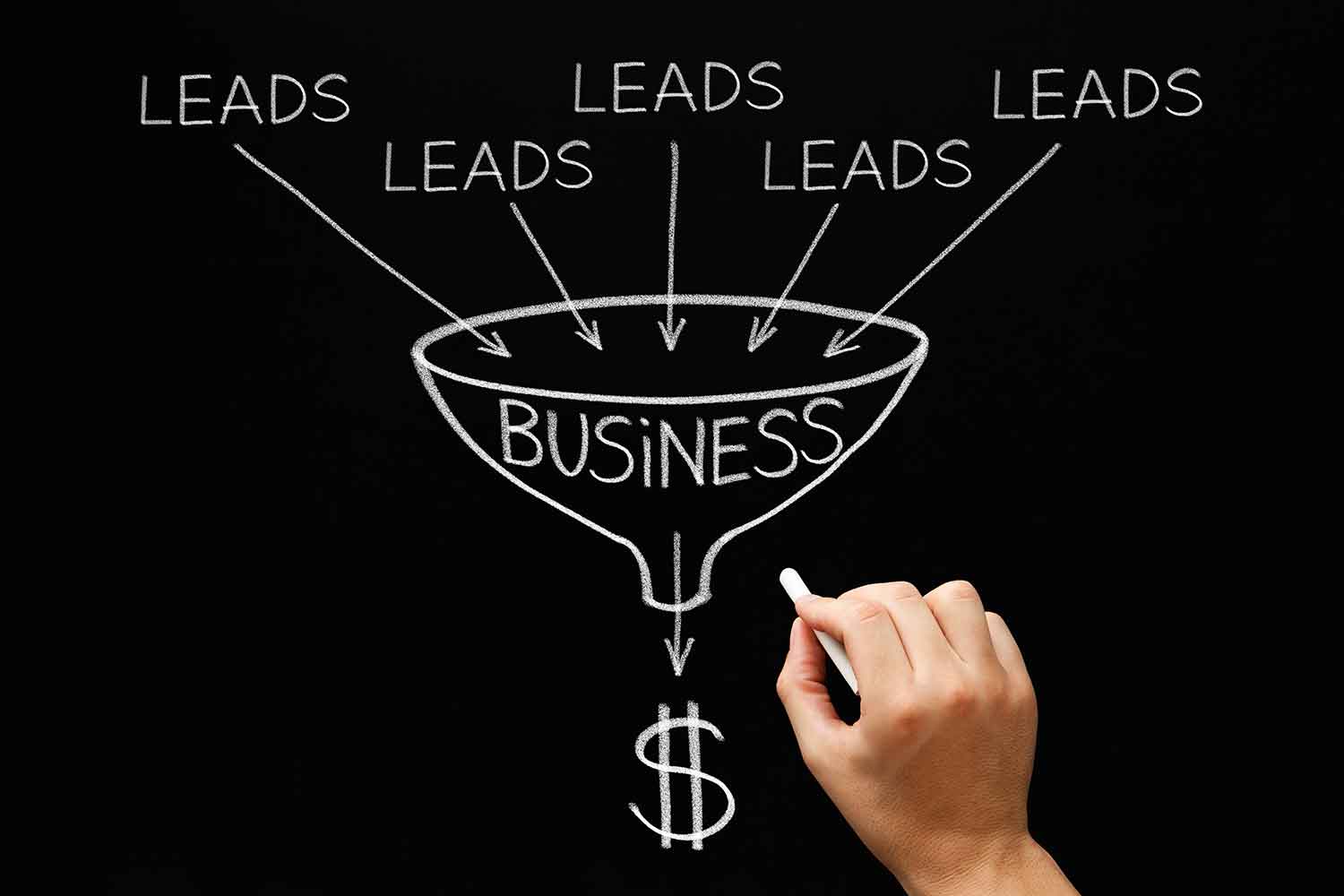Ask Andi: I worry about stranger danger with website inquiries. We don’t know who we’re talking to. For all I know, it’s a competitor we’re sending information to. What should I send? How do I get them to tell me who they are?
Thoughts of the day: Collect information to help you understand your website visitors. The Internet can be an anonymous place until they know they’re ready to buy. There’s a difference between educating the marketplace in general. And finding out if someone is ready to engage in a buying-evaluation process. Tailor responses to the knowledge about the person who’s making an inquiry. Focus on getting inquiries going with anyone and everyone. The bigger the pool, the more likely you’ll have leads to grow sales.
Collect website visitor information
Think about a typical buying process. When in the window-shopping stage most people prefer anonymity. They want to gather information at their own pace. At this stage, they’re working to clarify personal needs and wants and often prefer to do that without outside interference.
Buyers are not looking to build relationships until they are clear about what they want or need. Two common early-stage buyer fears include being bombarded by sales pitches and getting pushed into something a buyer doesn’t understand.
At the same time, early-stage buyers are open to gathering information and often will likely trade a little anonymity for ease in accessing information.
Test your prospects to find out how far away they are from “Ready To Buy.” Place simple offers on your website with increasing degrees of commitment tied to the offers.
For example, “Looking for more detail? Click here!” is a nonthreatening, noncommitment-driven offer. For those who do click through, provide a little bit of information and another offer to see if they’ll go further. For example, provide some generally known product information designed to educate the reader – “Available in a variety of sizes and colors,” “Works well for a variety of customers,” “Look what satisfied users have to say.” Keep offers educational but general at this stage.
Next comes an offer to get more specific. “For a customized quote, click here,” which goes to a simple form the prospective buyer can fill in. The word “customized” in the offer implies that specific information is needed from the buyer in order for the seller to respond.
Who is visiting your website?
If a buyer is ready to engage, the likelihood increases that they’ll fill out some personalized information in order to get the information they need to complete the buying process. Until the buyer is ready to engage in a back-and-forth exchange of information, it’s not likely that any information sharing on the part of the seller will move the buyer to make a purchase. If the buyer is unwilling to share with you who they are, then you’ll be unlikely to get what you need, i.e. delivery address and credit card info, to conclude the sale.
Don’t worry about the Internet inquiries that stall at an early stage – so long as some small percentage chooses to move forward to the next level of information exchange. Remember that the Internet is a volume game. Get as many potential buyers in touch with your site as possible. Offer a way they can stay in low-level contact, getting educational information. “Subscribe today to our educational newsletter.” Pay attention to those who move forward in the information exchange process.
Looking for a good book?
Try “SEO Made Simple: Strategies For Dominating the World’s Largest Search Engine” by Michael Fleischner.





